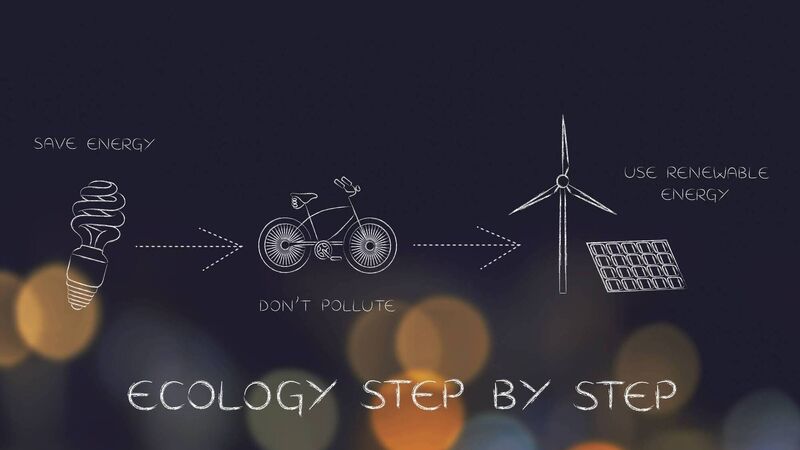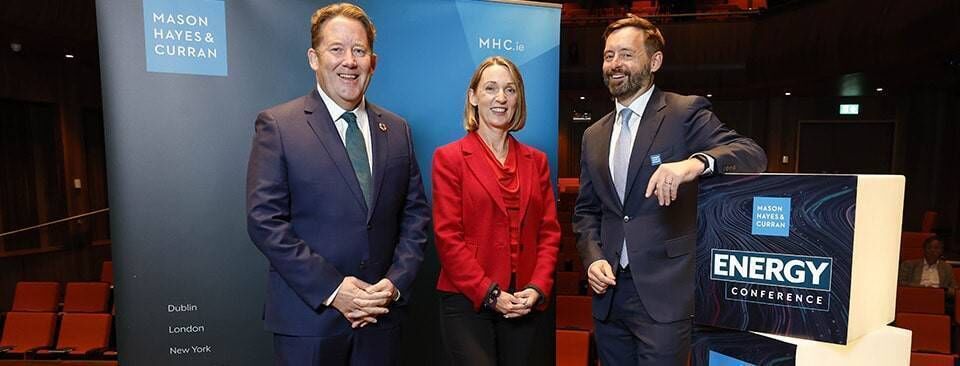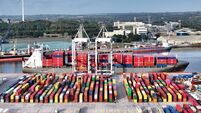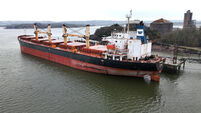Security of power supply: Renewables are the only option

Over 67% of people say Ireland should prioritise energy security over cheaper imported power, a recent Mason Hayes & Curran survey found. Picture: iStock
At its annual Energy Conference in September, Mason Hayes & Curran (MHC) polled its 250-strong audience of energy stakeholders on matters of energy security, market uncertainty and more.
These are topics about which Eoin Cassidy, energy sector lead at MHC has extensive knowledge. In this Q&A, he expertly delves into some of the key issues around energy, renewables, and the challenges integral to Ireland’s push for net-zero emissions.

If Ireland wants to have real energy independence and security of supply then renewable power is our only solution. A mix of domestic renewable generation and battery storage (both long and short duration storage) will be essential to ensuring Ireland has a secure and competitive energy system and should result in lower energy prices in the long term.
Lower cost of energy should still be a long-term objective of the State, however, there are significant short and medium-term costs that need to be incurred in order to achieve the energy security required.
However, a joined-up approach between Government, regulators, grid operators and industry could unlock a “wall of capital” waiting to invest. The more attractive a market is, the cheaper the capital will become as it competes to participate. This ultimately will benefit consumers and society in the long run.
Institutional investors require a stable and predictable policy environment to commit funds. New technologies such as biomethane and hydrogen, alongside gas-fired backup, are seen as important bridging tools to ensure security of supply while renewable capacity scales up. The more successful the first phase of these projects the easier it will be to finance the next phase. In the early stages of on-shore wind farm development in Ireland, there were only a small number of banks willing to fund their construction. Now this is considered a mature and stable lending market and there is significant competition to fund projects in Ireland.
Engagement with Government has improved, but the planning process is still slow and uncertain. Developers receive very long follow-up information requests on already extensive applications, which stalls progress and makes it hard to secure supply-chain slots. There is widespread doubt that current legal reforms will significantly reduce judicial reviews. Faster, clearer decisions during applications are needed.
However, it is important to note that the Government has been listening to the concerns of the industry and has demonstrated flexibility in how reforms are being implemented.
Since the establishment of An Coimisiún Pleanála there has been a steady reduction in consenting timelines. Solar farm decisions typically took 57 weeks in 2023 but had fallen to 28 weeks by Q1 2025. Wind farm planning appeals averaged 111 weeks in 2023, now reduced to approximately 27 weeks.
Approximately one in three - 34 per cent - of energy stakeholders recently polled by MHC say the financing climate for Irish renewable assets is improving. What do they know that 66 per cent do not?
The financing of renewable assets has been difficult in recent years. This is partly due to a limited number of projects coming through the development pipeline and the availability of easier investment opportunities offering similar returns at lower perceived risk.
We are seeing a far more active financing market as macro economic factors for financing have improved combined with a significant increase in projects seeking finance in the Irish market, which either have state backed contracts (such as RESS,) or corporate PPAs with blue chip corporates.
There is still a significant journey to deliver on the Paris Agreement goals and it will require large scale investment. Ireland will be competing for the capital required to deliver those goals with the rest of the world but I am hopeful that it will remain a competitive jurisdiction to attract that investment.
Ireland’s renewable goals are ambitious, but delivery is being slowed by planning delays, how auctions are run, and limits on the grid. Getting the first wave of offshore wind projects built is essential to prove capability, draw in the supply chain, and keep costs down.
Rising equipment and finance costs have made projects harder to deliver. Today, developers must bid for State support many years before they have planning or firm cost data. That forces guesswork and can make projects unviable, or leave consumers paying more than necessary. A better model is two-stage: first allocate the seabed; then run the price auction after planning consent and design are largely settled.
As for planning and legal risk, engagement with Government has improved, but the planning process is still too slow and uncertain. Developers receive very long follow-up information requests on already extensive applications, which stalls progress and makes it hard to secure supply-chain slots. There is widespread doubt that current legal reforms will significantly reduce judicial reviews. Faster, clearer decisions during applications are needed.

The grid is a real bottleneck, especially where offshore power will come ashore. A practical fix is to co-locate large batteries or flexible demand (for example, data centres) at these landing points. This can absorb surplus wind, smooth output, and increase how much the existing grid can carry, without waiting years for new lines.
In regard to onshore wind, solar and repowering, the lowest-cost gains now are from repowering older wind farms and adding solar or storage at sites that already have grid connections. Recent “overbuild” grid rules help, but planning certainty for repowering and life extensions is still required.
In terms of gas and hydrogen, the former has supported reliability, but long-term dependence is risky and could become expensive as usage falls. Green hydrogen looks most useful for long-duration storage, not for heating, transport, or large-scale export.
It’s important that we use power at home first. Rather than exporting electricity, Ireland should use clean power to support high-value activity in Ireland such as data, pharma and advanced manufacturing. Offshore sites should also be selected with a view to lowering build costs where possible.
To scale renewables while protecting competitiveness, Ireland must cut risk and delay by reforming auctions and planning. Grid, storage and demand should be planned together to avoid bottlenecks, while low-cost measures like repowering and co-location are prioritised. These steps can accelerate delivery, attract investment and keep energy affordable for businesses and consumers.













